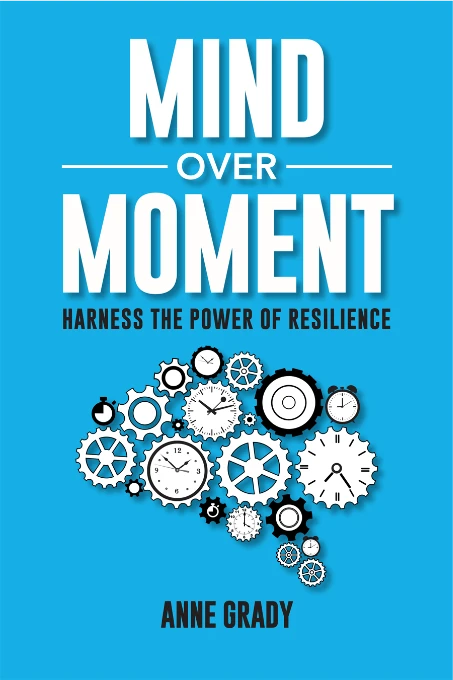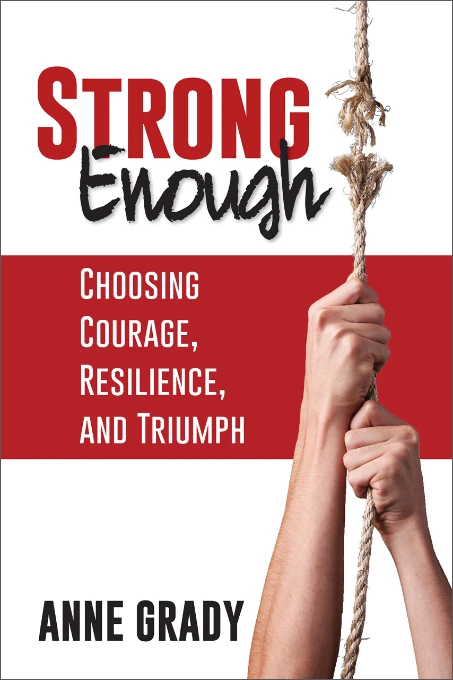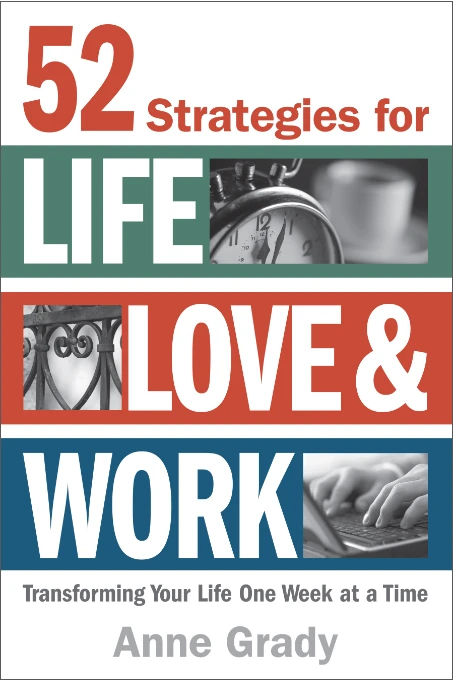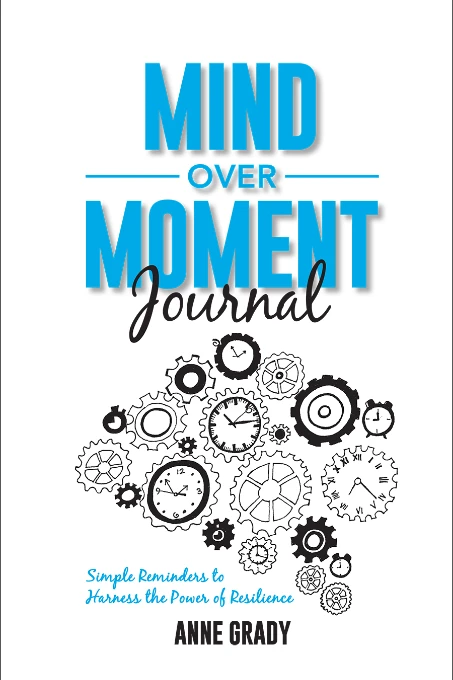It’s time to build your psychological immune system
It’s time to build your psychological immune system
It’s time to build your psychological immune system
You are walking through the woods. You hear leaves crunching behind you. Your heart begins to race, your breath quickens, and you feel beads of sweat form on your forehead. You turn around to see a small rabbit frozen, staring at you, then darting into the trees. You take a deep breath and start to calm down.
Being able to tell the difference between danger and safety is necessary for survival. In this situation, you were able to quickly realize the “threat” was not a threat at all.
Unfortunately, your brain cannot tell the difference between a real threat and a perceived threat. Our brain wasn’t designed for 24 hour news coverage, political divisiveness, and the onslaught of social media and constant connection.
Throw in a 2+ year global pandemic that has left our nerves frayed, and our brains and bodies tired. Yet, our list of to-dos isn’t getting shorter, and the demands on our time and energy aren’t lessening.
In order to regulate stress, battle burnout, and improve well-being, you have to intentionally build your psychological immune system.
If it is not possible to reduce the “threat”, you have to increase your sense of safety. Every time your brain gets a signal of safety, it replenishes your psychological immune system.
We can create safety signals, cues that we learn to associate with a lack of threat. These signals can be physical (an article of clothing, smooth stone, pet, etc.), or they can be mental (imagining being in your favorite place, thinking of someone you love, remembering a calming smell).
What are your safety signals?
Identify a few of your safety signals. What helps you feel calm, comfortable, and at peace? It is important to create a collection of these proactively so that you can pull from these resources when you need them.
While it’s easy to rush through this list, I want to challenge you to take a few moments to really think about the ones that resonate with you. Write them down, take time to visualize, and internalize the feelings you get when you think about your safety signals. This helps your brain and nervous system associate them with being calm and relaxed.
For example:
- An object that brings you comfort
- Something you can nurture and care for
- A person in your life that makes you feel safe and loved
- A personal strength that has allowed you to overcome challenges and setbacks
- An accomplishment that brings you joy and pride
- A place that helps you feel calm and centered
- A memory that brings up positive emotions
- A personal sense of meaning and purpose
- A community that gives you a sense of belonging
A collection of safety signals helps you to take back control in a world that can feel very out of control. This week, pay attention to safety signals, take some of the pressure off, and allow your psychological immune system to reset.
Stay brave and resilient,
Anne
If you can’t say something nice, don’t say anything at all.
Most of us are taught this simple lesson when we are kids. Unfortunately, it is not always practiced once we are adults. The human tendency to attribute our behavior to our intent and others’ behaviors to the type of person they are is referred to as the fundamental attribution error. Someone runs a stop sign, and we think they are a jerk. We run a stop sign and “oops”.
Regardless of our intentions, people only know what they see through our actions, and we only know what we see through the actions of others. In between our intentions and our actions lies a chasm.
How do you bridge the gap between intentions and actions? Try the following strategies 👆👆

Anne Grady is a Speaker, Author, and #TruthBomb Dropper.
Anne shares practical strategies that can be applied both personally and professionally to improve relationships, navigate change, and triumph over adversity. And she’ll make you laugh while she does it. Anne is a two time TEDx speaker, and her work has been featured in numerous media outlets, including Harvard Business Review, Entrepreneur, Forbes, Fast Company and Inc. magazines, CNN, ESPN, and FOX Business. She is the best selling author of 3 books. Her newest, Mind Over Moment: Harness the Power of Resilience, is available on Amazon now.





